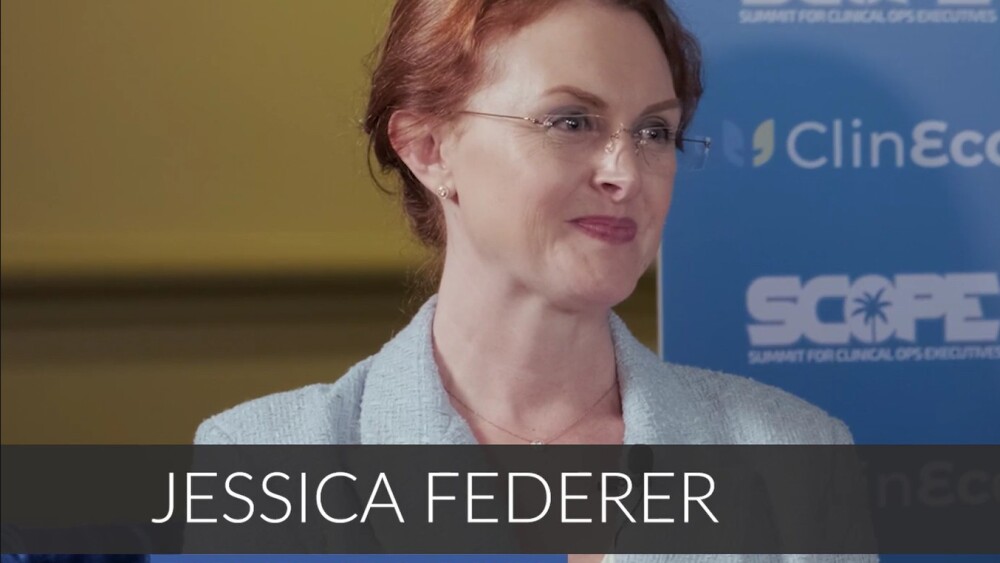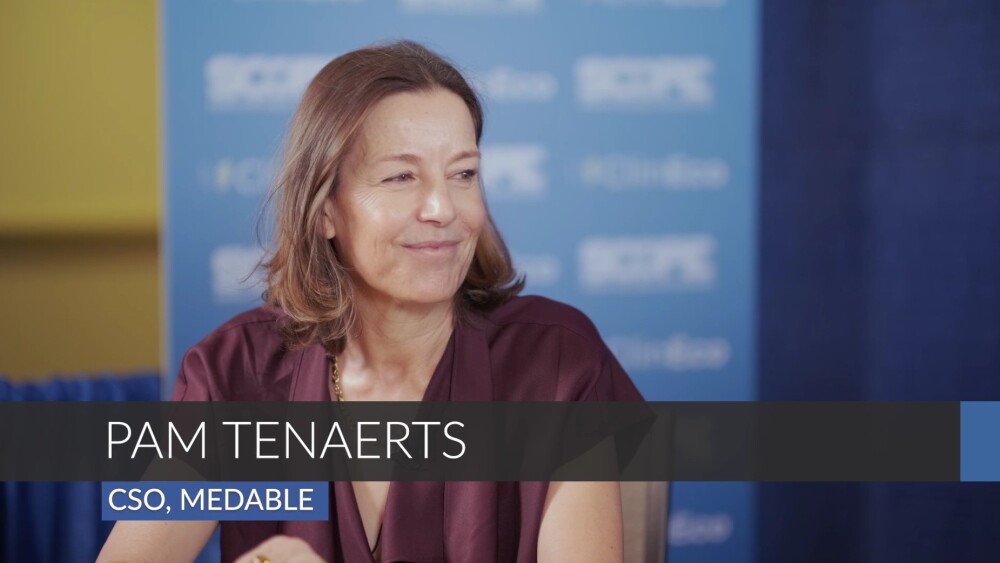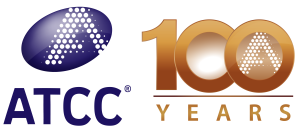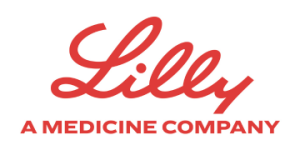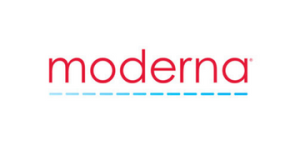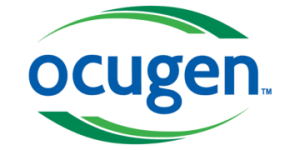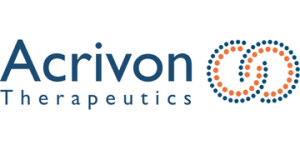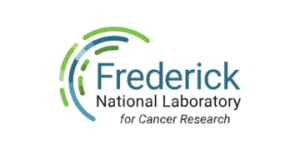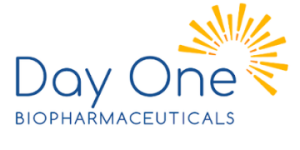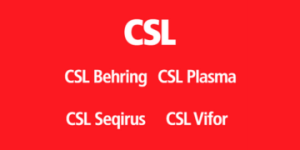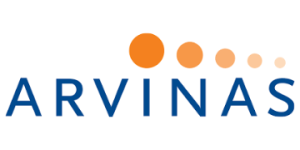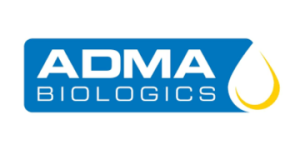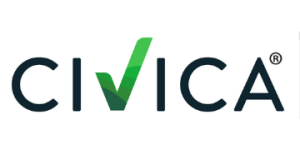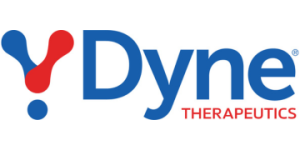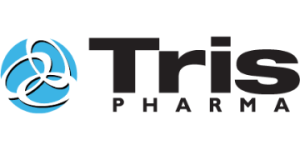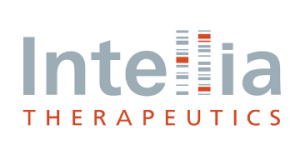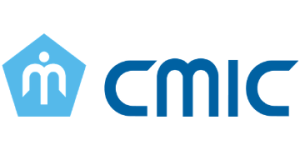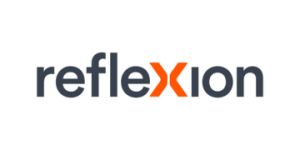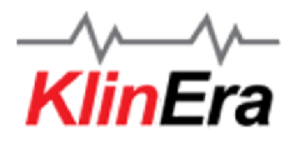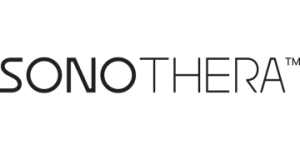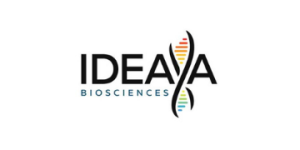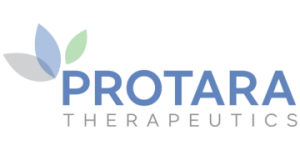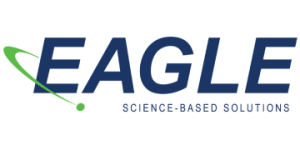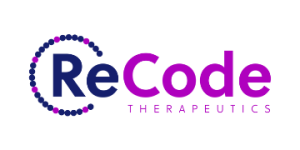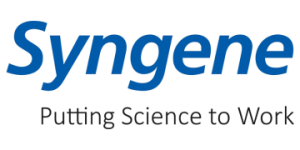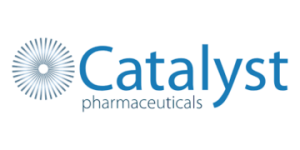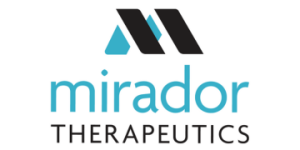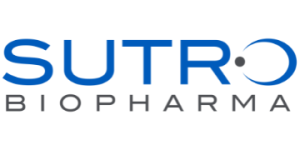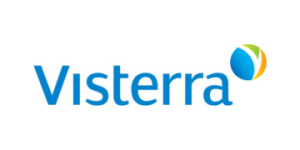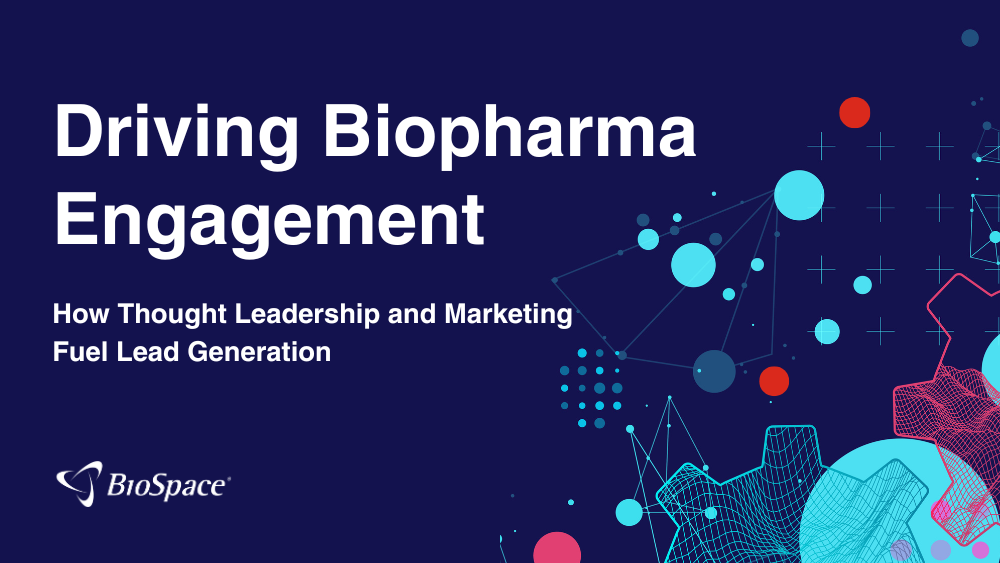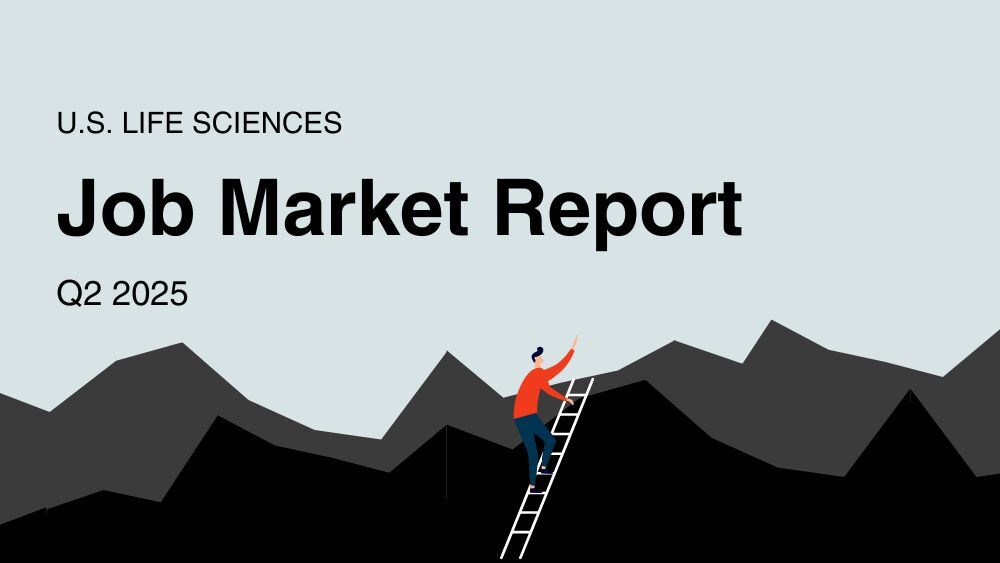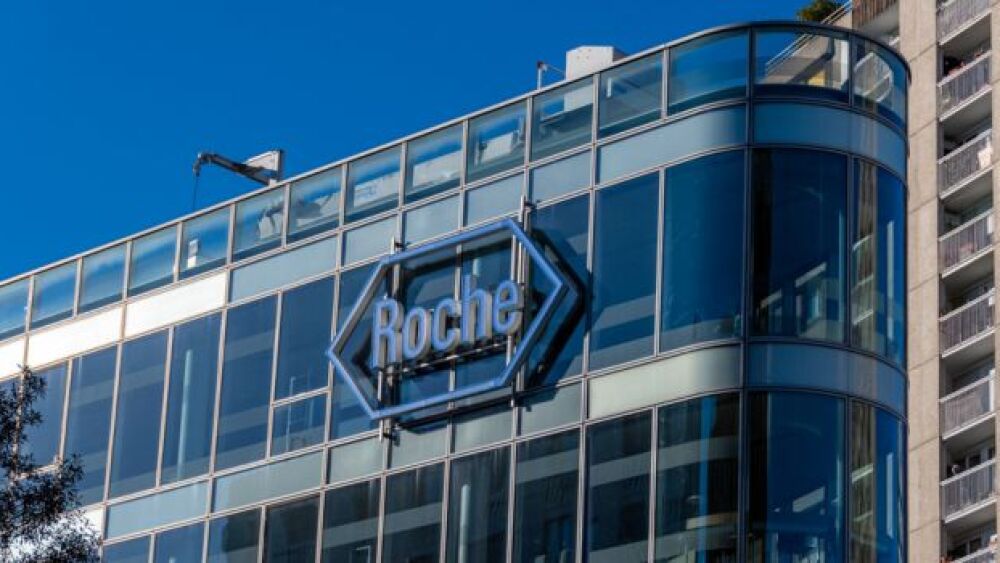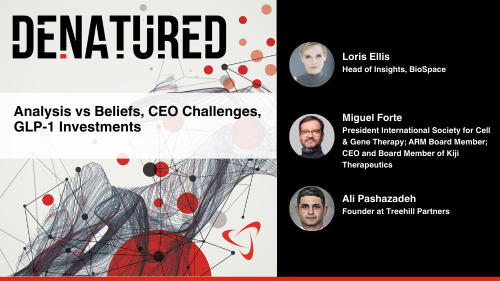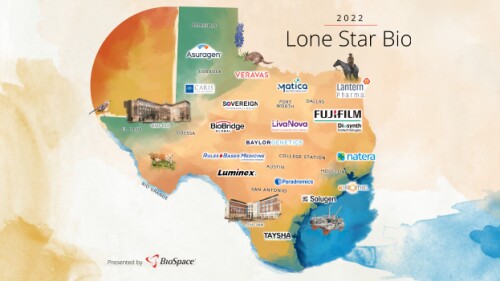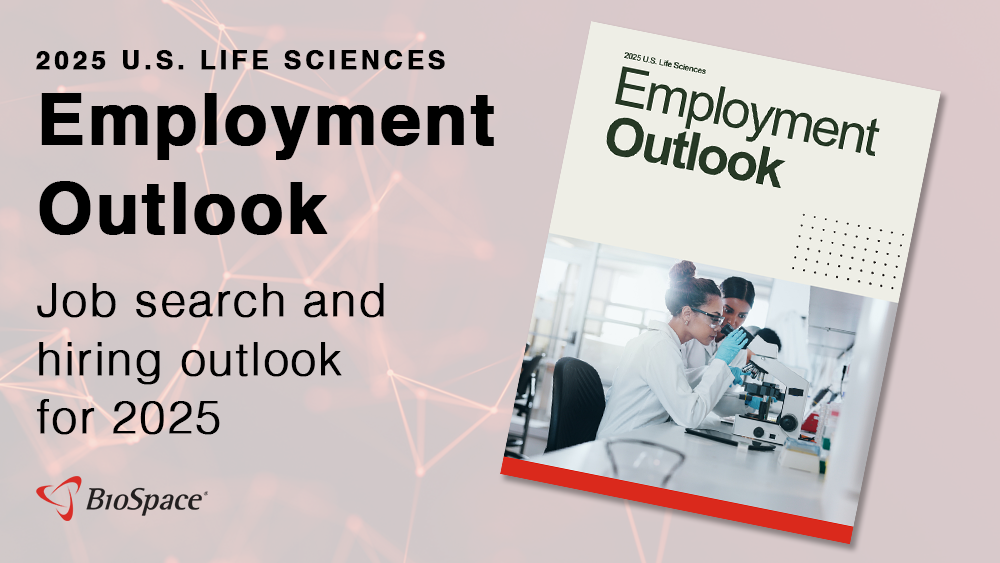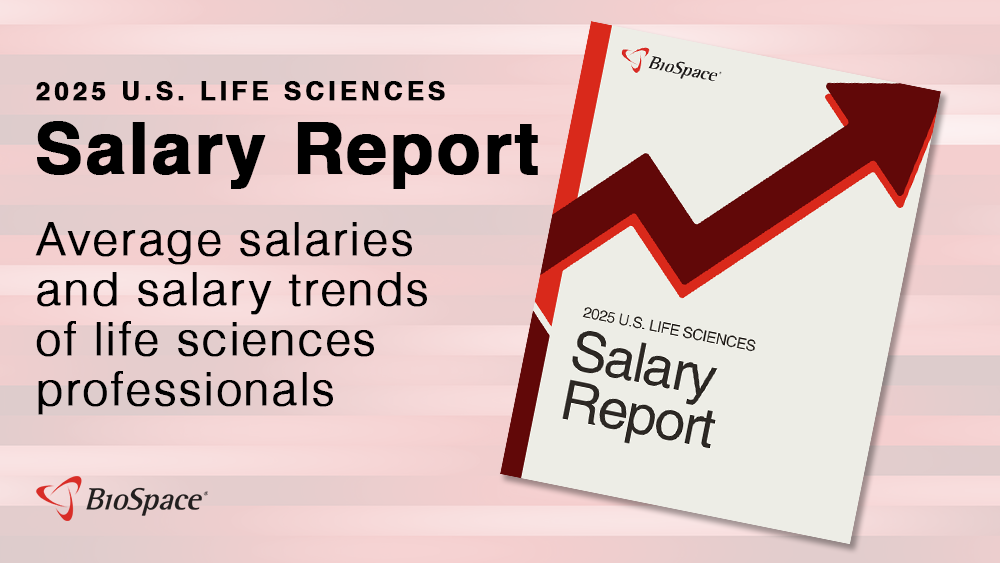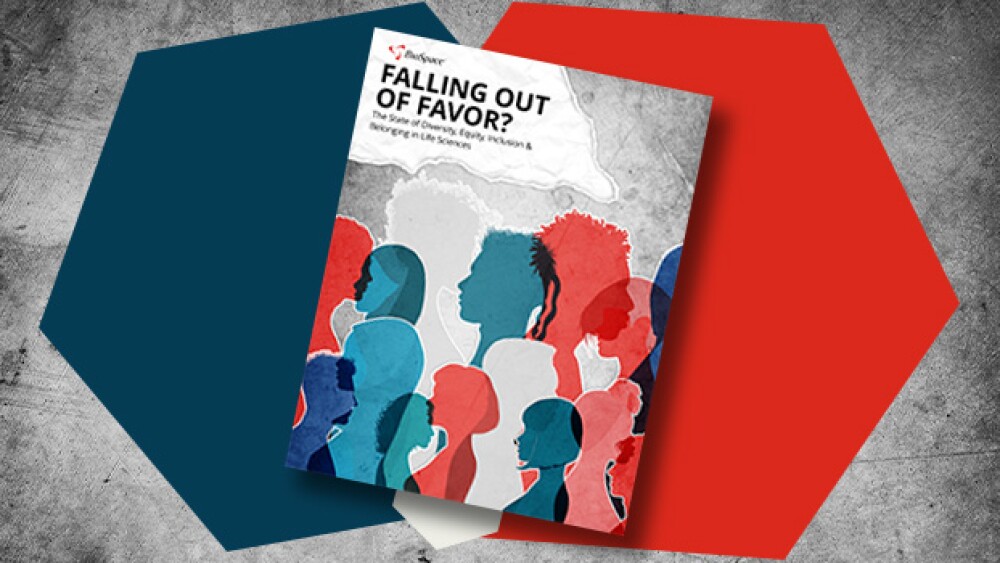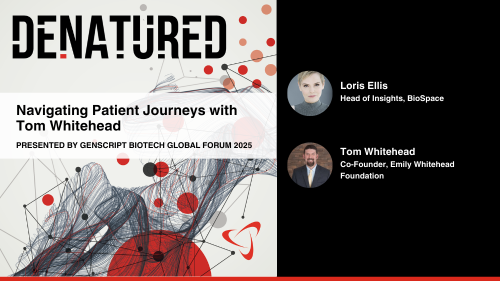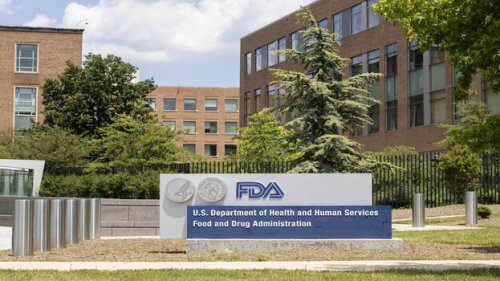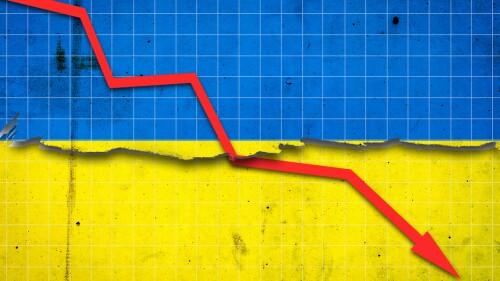The FDA will select at most five companies that align with national priorities, including lower drug prices and increased domestic investment.
The voluntary pauses follow two patient deaths associated with the Duchenne muscular dystrophy gene therapy.
A retrospective cohort study found that semaglutide and tirzepatide are linked with significantly lower risks of dementia and stroke, hinting at potential neuroprotective effects of GLP-1 therapies.
Sarepta Therapeutics faces serious FDA action after news broke of a third patient death, the FDA gets a new top drug regulator in George Tidmarsh, a handful of new drugs get turned away from the market and pharma companies continue to commit billions to reshoring manufacturing.
BMO Capital Markets pointed to FDA leadership, and CBER Director Vinay Prasad in particular, as potential factors in the agency’s decision to issue a complete response letter for Replimune’s viral treatment RP1 for advanced melanomas. Shares of the company tumbled 75% on Tuesday.
The acquisition, which will give Sanofi a combination vaccine for respiratory syncytial virus and human metapneumovirus, follows the pharma’s potential $1.4 billion COVID vaccine licensing deal with Novavax last year, plus a number of other big-ticket commitments outside of the vaccine space.
FEATURED STORIES
As it did during the COVID-19 pandemic, mRNA technology offers an efficient way forward in developing products for diseases that lack approved treatments.
As communication gaps in the US healthcare market widen, the emphasis on the need for credible information and patient empowerment is paramount.
As high prices and supply issues drive consumers to alternative markets for GLP-1s, physicians aren’t too interested in using these therapies to treat conditions like heart disease risk that have existing cheap standards of care.
SpringWorks Therapeutics sprung out of Pfizer’s storeroom, when a rare disease advocacy group pushed to keep a program for neurofibromatosis alive. This method could work for “every rare disease under the sun,” advocates say.
SpringWorks Therapeutics is the perfect case study for rescuing a discontinued assets. It’s time to repeat the process for every rare disease, experts say.
The industry remains unwavering in the commitment to increased clinical trial accessibility and representation.
FROM BIOSPACE INSIGHTS
Establishing trust through thought leadership is no longer optional in today’s cautious biopharma market. Learn how strategic insights and targeted outreach can turn awareness into high-converting leads.
LATEST PODCASTS
Eli Lilly offers weight loss drug Zepbound directly to consumers while Novo Nordisk continues to struggle with supply challenges for its own GLP-1s. Meanwhile, gene therapies for retinal diseases target competitive market, and layoffs persist.
In this episode, the third and final conversation of our mini-series on diversity in clinical trials, Lori and guests discuss framing strategies designed to protect DEI initiatives from legal challenges.
Well-financed startup Tome is winding down operations just as two new companies, Borealis Biosciences and GondolaBio, are launching. Meanwhile, in the midst of already tense relations with China, House lawmakers raise the alarm about U.S. companies working with the country’s military on trials.
Job Trends
Novo Nordisk launched The Power of Wegovy®, a new national campaign. The campaign aims to educate on the clinical data of Wegovy® 2.4 mg injection and reflect the collective empowerment people living with obesity can feel when they don’t have to manage their weight alone.
Subscribe to Genepool
Subscribe to BioSpace’s flagship publication including top headlines, special editions and life sciences’ most important breaking news
SPECIAL EDITIONS
BioSpace did a deep dive into biopharma female executives who navigated difficult markets to lead their companies to high-value exits.
BioSpace data show biopharma professionals faced increased competition for fewer employment opportunities during the second quarter of 2025, with increased pressure from further layoffs.
BioSpace did a deep dive into executive pay, examining the highest compensation packages, pay ratios and golden parachutes—what a CEO would get paid to leave.
DEALS
-
The acquisition was featured Monday in Roche’s Pharma Day presentation, which also included projections of more than $3 billion in annual sales from three early-stage obesity and diabetes drugs.
-
Pfizer’s sudden market withdrawal of sickle cell therapy Oxbryta, which some analysts predicted would reach $750 million in sales by the end of the decade, has left patients and healthcare providers with few options, while investors question the pharma giant’s dealmaking prowess.
-
ARCH Venture Partners is the latest venture capital firm to raise a multi-billion-dollar fund. The cash will be used to support new startups working with AI.
-
Novo Nordisk and Eli Lilly are expected to rule the obesity market for a few more years without much challenge. To ensure they stay there as competition enters, the companies are spending billions in licensing and M&A deals.
-
Flagship Pioneering–backed Generate:Biomedicines has signed its second major Big Pharma partnership, bringing in $65 million upfront to use its AI platform to discover novel protein drug candidates.
WEIGHT LOSS
-
Novo Nordisk executives set a high bar for itself when it projected CagriSema could achieve 25% weight loss. When the GLP-1 combo didn’t hit that mark, investors reeled.
-
Investors appeared disappointed by CagriSema’s Phase III readout, which showed weight loss that fell short of Novo Nordisk’s prior projections for the therapy. Meanwhile, Eli Lilly’s stock rose on the news.
-
After a couple months of uncertainty, the FDA has told compounding pharmacies that they have 60 to 90 days before the agency will enforce rules to stop their production of GLP-1s.
-
In this episode of Denatured, BioSpace’s Head of Insights Lori Ellis, Miguel Forte and Ali Pashazadeh speculate on the impending Trump administration, discuss current challenges faced by CEOs and weigh investment in GLP-1s.
-
According to the World Health Organization, GLP-1 receptor agonists are currently being used in a highly medicalized manner. Healthcare systems need to enact more holistic solutions, focusing on health promotion, disease prevention and policy interventions.
POLICY
-
Like they say about the weather in Iceland, if you don’t like an action taken by the new administration, wait five minutes; it’ll probably change. The markets, it seems, don’t react kindly to that kind of policymaking.
-
The Health and Human Services Secretary said that he will find and eliminate the cause of autism by September, an idea that suggests how little he knows about the condition.
-
GeoVax was using its HHS contract to develop its next-generation multi-antigen COVID-19 vaccine, which is in Phase IIb development.
-
Despite these cuts, the FDA should be able to stay above a “trigger” level that would prevent it from collecting fees from the pharma industry and deprive it of approximately half of its annual funding, according to The Washington Post.
-
In the wake of unprecedented workforce cuts at the FDA, former Commissioner Scott Gottlieb and an unnamed former CBER director spoke to analysts about potential implications for drug review timelines and agency morale.
Job descriptions are the candidate’s first impression of a company. And if that introduction includes exclusionary language, they’re less likely to apply even if they are the perfect fit for the job.
Known as the Lone Star Bio Hotbed, Texas is home to multiple major players in the biopharma and biotech space and is currently a fast-growing hub for the life science industry.
You know it’s important to nail the interview with a potential employer, but it’s what you do after an interview that might really influence your chances of getting the job. Find out how in our guide.
Being laid off from a job is stressful. Fortunately, there are steps you can take to curb some of that stress, relieve financial worries and make finding your next position as smooth a process as possible.
Read on to learn about the different nursing positions available in the biopharmaceutical industry, as well as the skills and qualifications you need to be a successful biopharma nurse.
Finding a new job can be a daunting task. From updating your resume to preparing for interviews, there are a lot of moving parts. To help, here are five interview techniques that actually work.
HOTBEDS
REPORTS
In this Employment Outlook report, BioSpace explores current workforce sentiment, job activity trends and the prospective job and hiring outlook for 2025, particularly as it compares to the previous year.
BioSpace’s third report on diversity, equity, inclusion and belonging in life sciences examines dramatic shifts in attitude around diversity initiatives.
CANCER
-
Ono picked up Romvimza—previously known by its active ingredient vimseltinib—from its $2.4 billion acquisition of Deciphera Pharmaceuticals in April 2024.
-
The failure in adjuvant melanoma could cause BMS and Opdualag to miss out on a market opportunity that is nearly twice as large as its current approved indication, according to analysts.
-
Amgen will continue to advance half of the combo, PRMT5 inhibitor AMG 193, for which it is running a mid-stage trial in MTAP-null advanced non-small cell lung cancer.
-
In this episode, presented by the Genscript Biotech Global Forum 2025, BioSpace’s Head of Insights Lori Ellis and Tom Whitehead continue to discuss the patient and caregiver experience, where Tom gives his insights to the future of CGTs.
-
Leaked data showed that Pfizer’s mevrometostat has strong therapeutic potential in metastatic castration-resistant prostate cancer, while recent readouts also position the pharma as a strong contender in colorectal cancer and bladder cancer.
NEUROSCIENCE
-
Effectively treating and preventing this common form of dementia will require a cocktail of drugs and a combination of approaches, as well as a drive toward early detection.
-
Among the FDA’s pending decisions for this quarter are Vertex’s non-opioid pain drug and Sanofi’s RNA interference therapy for hemophilia A and B.
-
With two earlier trials meeting their primary endpoints, Axsome claimed it has the data to support a filing for FDA approval in the second half of 2025.
-
In a highly anticipated readout for the kappa opioid receptor class in major depressive disorder, Neumora’s navacaprant failed to meet the primary and key secondary endpoint in the first of three identical Phase III studies.
-
Already established as cornerstone therapies in diabetes and obesity, GLP-1 receptor agonists also show potential in several other indications, including cancer, addiction and neurodegenerative diseases.
CELL AND GENE THERAPY
-
Investigational CAR T therapies stole the spotlight at the American College of Rheumatology Convergence as data presented by Bristol Myers Squibb, Kyverna Therapeutics and more highlighted their potential to effectively treat lupus.
-
After failing to receive the RMAT designation from the FDA for its early-stage Batten disease gene therapy, Neurogene tells investors that it’s evaluating options for the program.
-
Regenxbio is pushing its Duchenne muscular dystrophy gene therapy into pivotal development, with a BLA planned for 2026—potentially posing a threat to Sarepta’s Elevidys.
-
Neurogene’s shares fell by 36% as the market opened Monday morning following news that a patient experienced systemic hyperinflammatory syndrome in a Phase I/II clinical trial of Rett syndrome gene therapy NGN-401.
-
Bluebird has just two quarters until it’s out of cash. Executives are looking for financing to extend that runway to a projected breakeven point before the end of 2025, with analysts worried they won’t make it.











